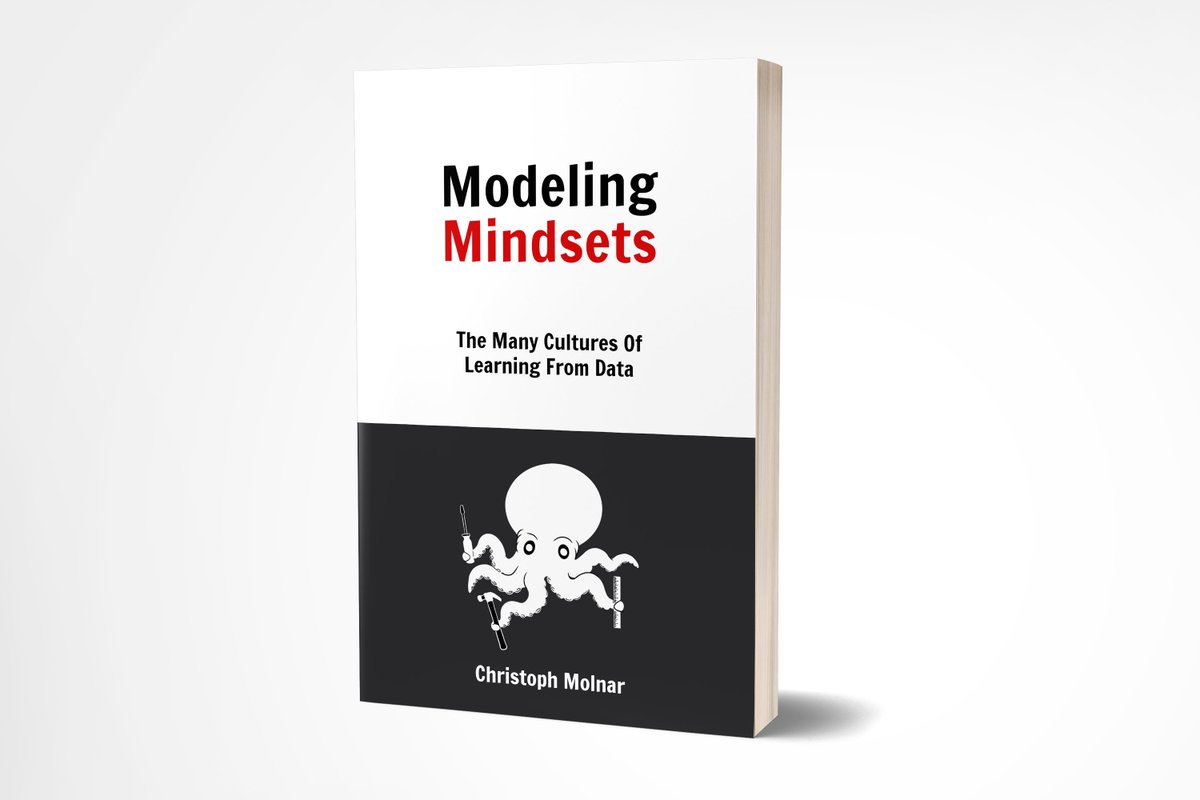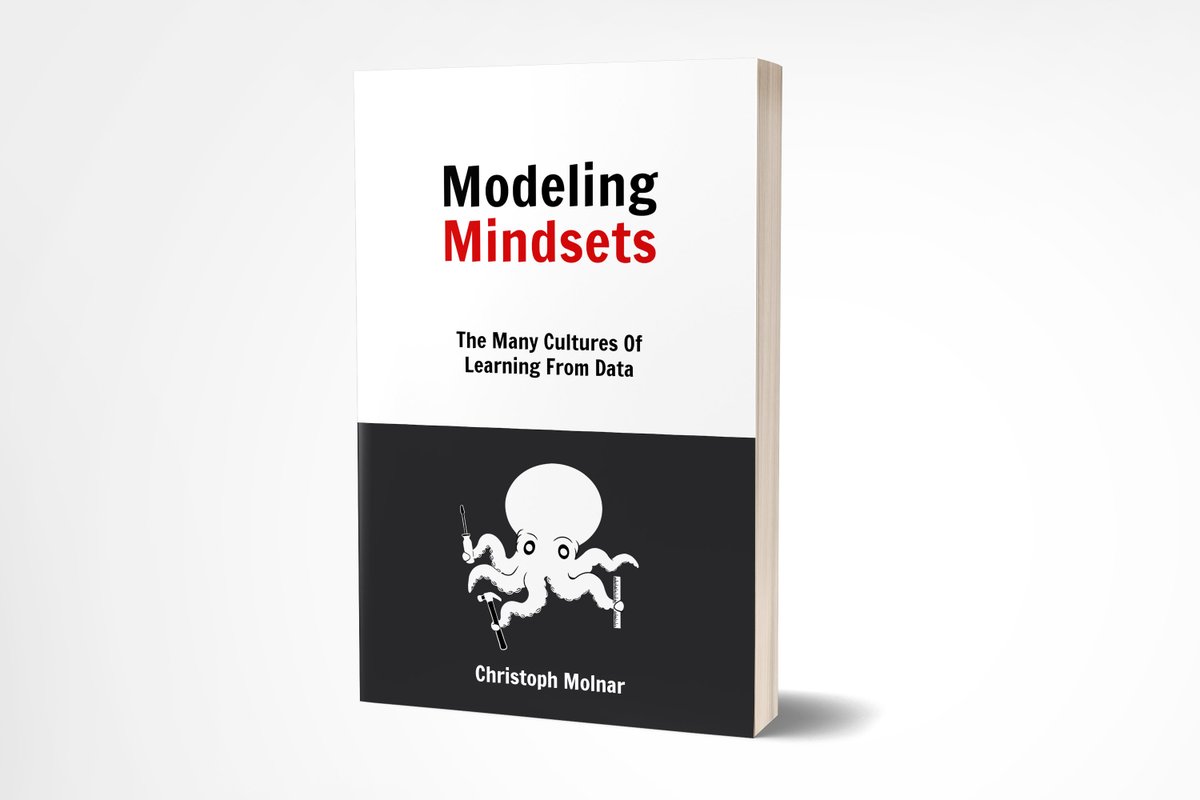
Author of Interpretable Machine Learning https://t.co/gJKlTA2deP | Newsletter: https://t.co/6fQuMr8yI8
7 subscribers
How to get URL link on X (Twitter) App




 A machine learning model is a mathematical function. It takes a feature vector and produces a prediction.
A machine learning model is a mathematical function. It takes a feature vector and produces a prediction.
 The center of gravity is the expected prediction for our data E(f(X)). It’s the center of gravity in the sense that it’s a “default” prediction, meaning if we know nothing about a data point, this might be where we expect the planet (=the prediction for a data point) to be.
The center of gravity is the expected prediction for our data E(f(X)). It’s the center of gravity in the sense that it’s a “default” prediction, meaning if we know nothing about a data point, this might be where we expect the planet (=the prediction for a data point) to be. 





https://twitter.com/predict_addict/status/1626202194872524800The speaker said "1 hour".

https://twitter.com/ChristophMolnar/status/1588123829045444610

